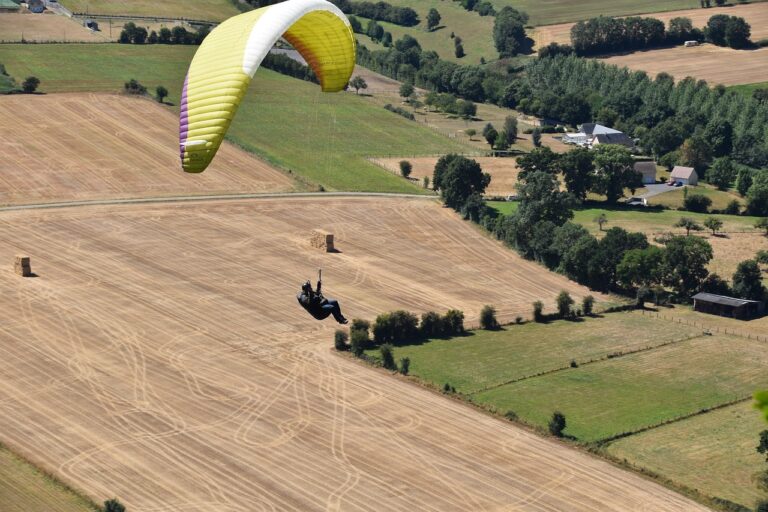Exploring the Evolution of Special Effects in Films
Silent films marked the early days of cinema, a time when filmmakers began to experiment with special effects to captivate their audiences. One of the pioneers of special effects in this era was Georges Méliès, a French filmmaker known for his fantastical and innovative approach to filmmaking. His film “A Trip to the Moon” (1902) showcased early special effects techniques such as stop-motion animation and double exposure, transporting viewers to a world of imagination and wonder.
Another notable figure in the realm of silent film special effects was Willis O’Brien, who is best known for his groundbreaking work in “The Lost World” (1925) and later “King Kong” (1933). O’Brien pioneered the use of stop-motion animation to bring dinosaurs and other fantastical creatures to life on the silver screen, setting a new standard for visual storytelling in the film industry. These early experiments with special effects laid the groundwork for the development of techniques that would continue to evolve and shape the future of filmmaking.
The Influence of Technological Advancements on Special Effects
Advancements in technology have had a profound impact on the world of special effects in filmmaking. From the early days of practical effects to the more contemporary use of CGI, technological developments have continually pushed the boundaries of what is possible on the silver screen. As new tools and software are introduced, filmmakers are able to create increasingly realistic and immersive visual effects that captivate audiences around the globe.
One of the most significant changes brought about by technological advancements is the shift from primarily practical effects to digital effects. While practical effects involve physically creating props and sets, digital effects allow for the creation of entirely new worlds and creatures that would be impossible to achieve using traditional methods. This transition has opened up a world of possibilities for filmmakers, enabling them to bring to life stories and scenes that were previously only imaginable in the realm of science fiction.
The Rise of CGI in Modern Filmmaking
The use of Computer-Generated Imagery (CGI) has revolutionized the way films are made in the modern era. CGI allows filmmakers to create stunning visual effects, bringing fantastical worlds and characters to life on the screen with unprecedented realism. From epic battle scenes to breathtaking landscapes, CGI has enabled filmmakers to push the boundaries of what is possible in storytelling, captivating audiences worldwide.
With the advancement of CGI technology, filmmakers now have the ability to seamlessly blend live-action footage with computer-generated elements, creating seamless and immersive cinematic experiences. This has opened up a whole new realm of creative possibilities for filmmakers, allowing them to explore imaginative worlds and characters that were once thought to be impossible to replicate on screen. As CGI continues to evolve and improve, it offers endless opportunities for filmmakers to create awe-inspiring visuals that captivate and enthrall audiences in ways never before imagined.
What is CGI?
CGI stands for computer-generated imagery, which is the use of computer graphics to create special effects in films.
How has CGI changed the landscape of modern filmmaking?
CGI has revolutionized the way filmmakers can create visually stunning and realistic special effects that were once impossible to achieve using practical effects alone.
Are practical effects still used in filmmaking alongside CGI?
Yes, practical effects are still used in filmmaking, but CGI has become a valuable tool in enhancing and complementing practical effects to create more immersive and visually captivating scenes.
What are some examples of movies that prominently feature CGI effects?
Some popular movies that heavily rely on CGI effects include “Avatar,” “Jurassic Park,” “The Avengers,” and “Star Wars: The Force Awakens.”
Is CGI only used for creating visual effects in movies?
No, CGI is also used in various other industries such as video games, advertising, architecture, and virtual reality to create realistic environments and characters.
How has the role of special effects artists evolved with the rise of CGI?
Special effects artists now need to have a strong understanding of computer graphics and software in addition to traditional practical effects techniques to create seamless and realistic CGI effects in films.







